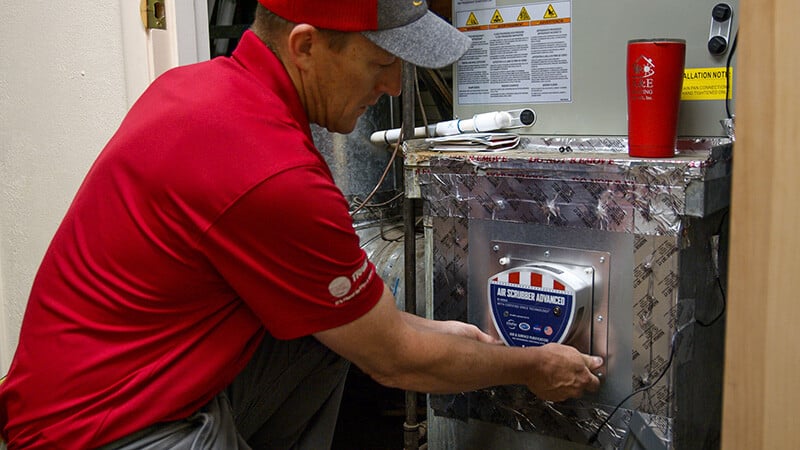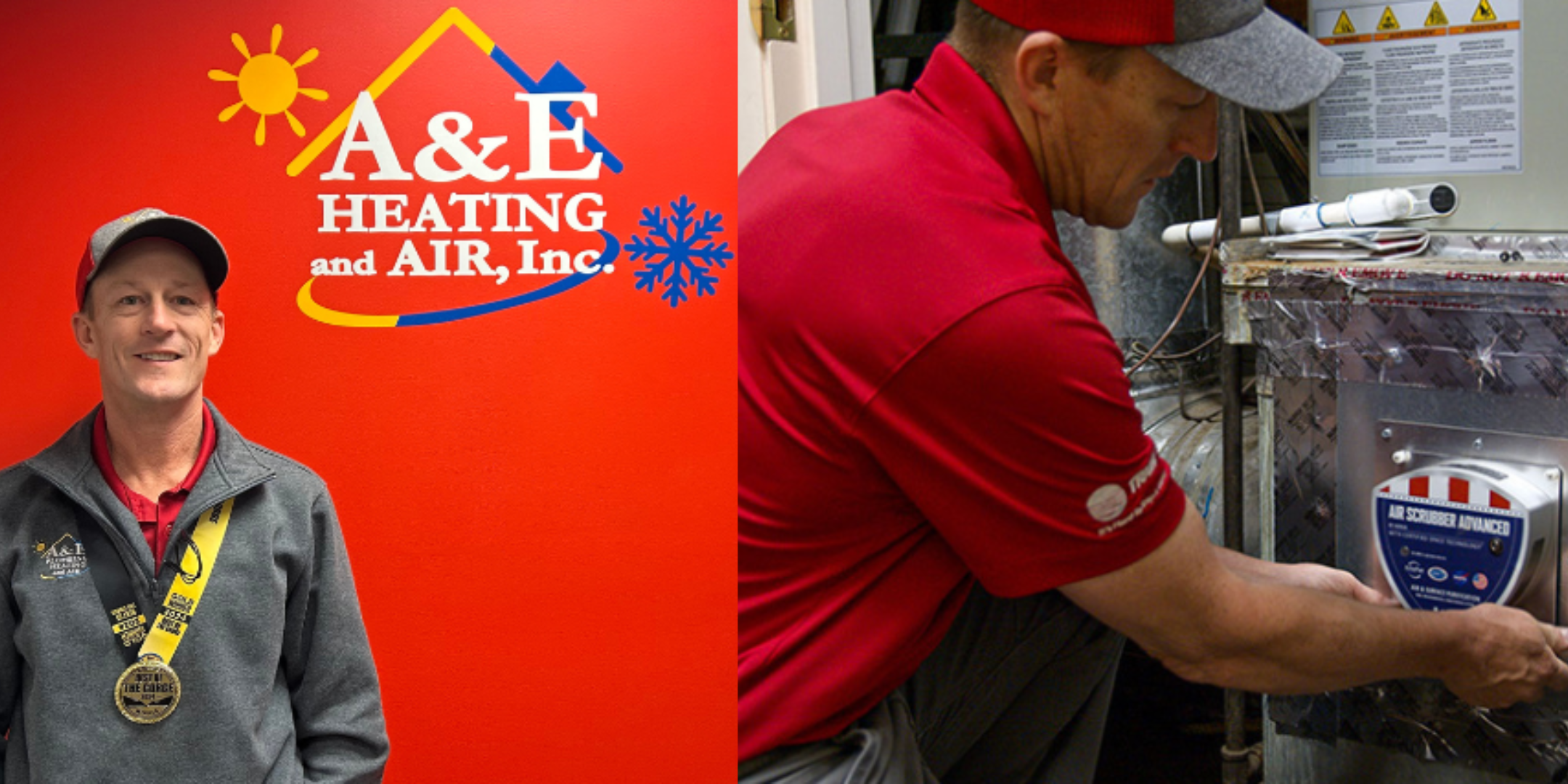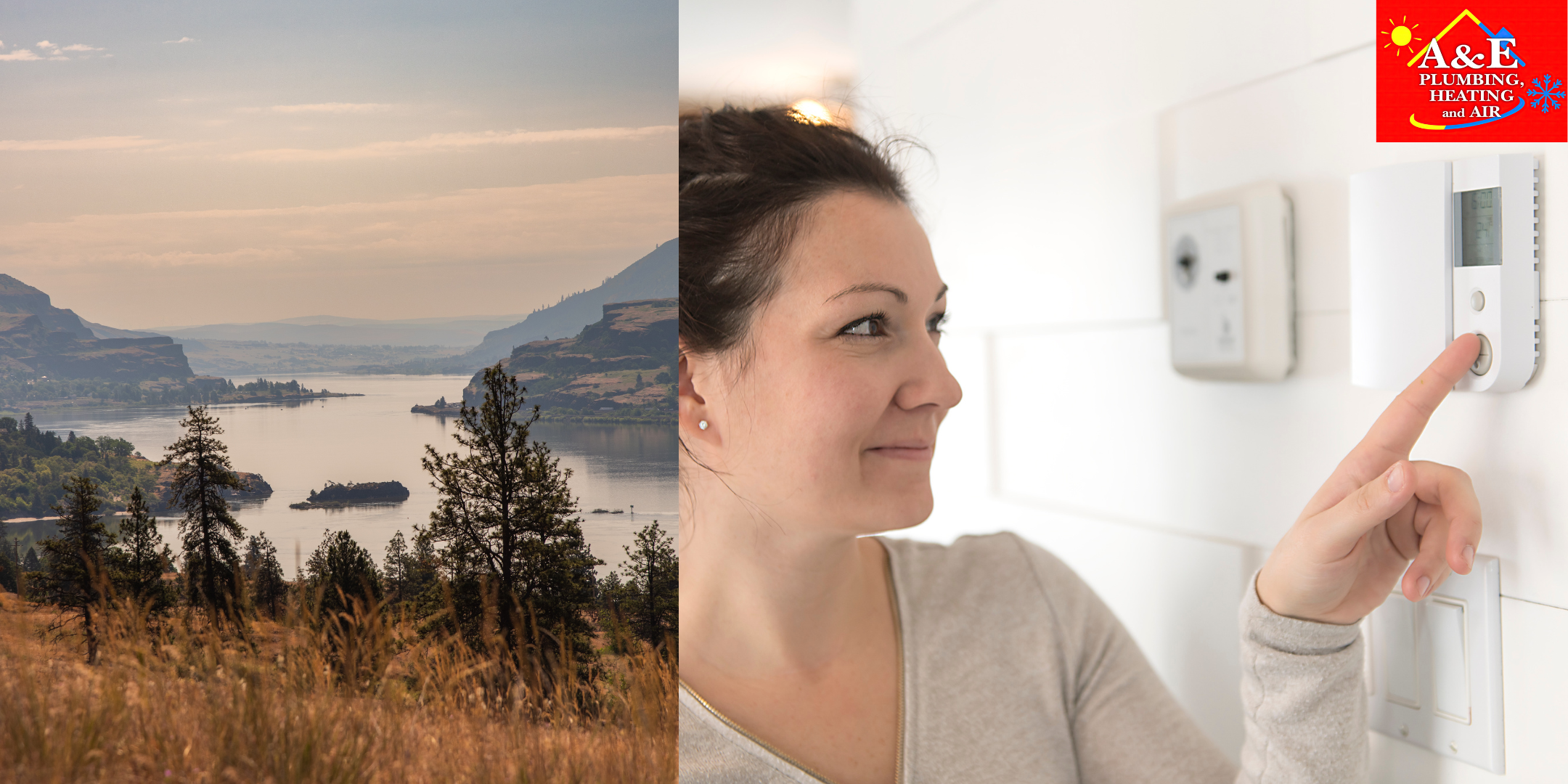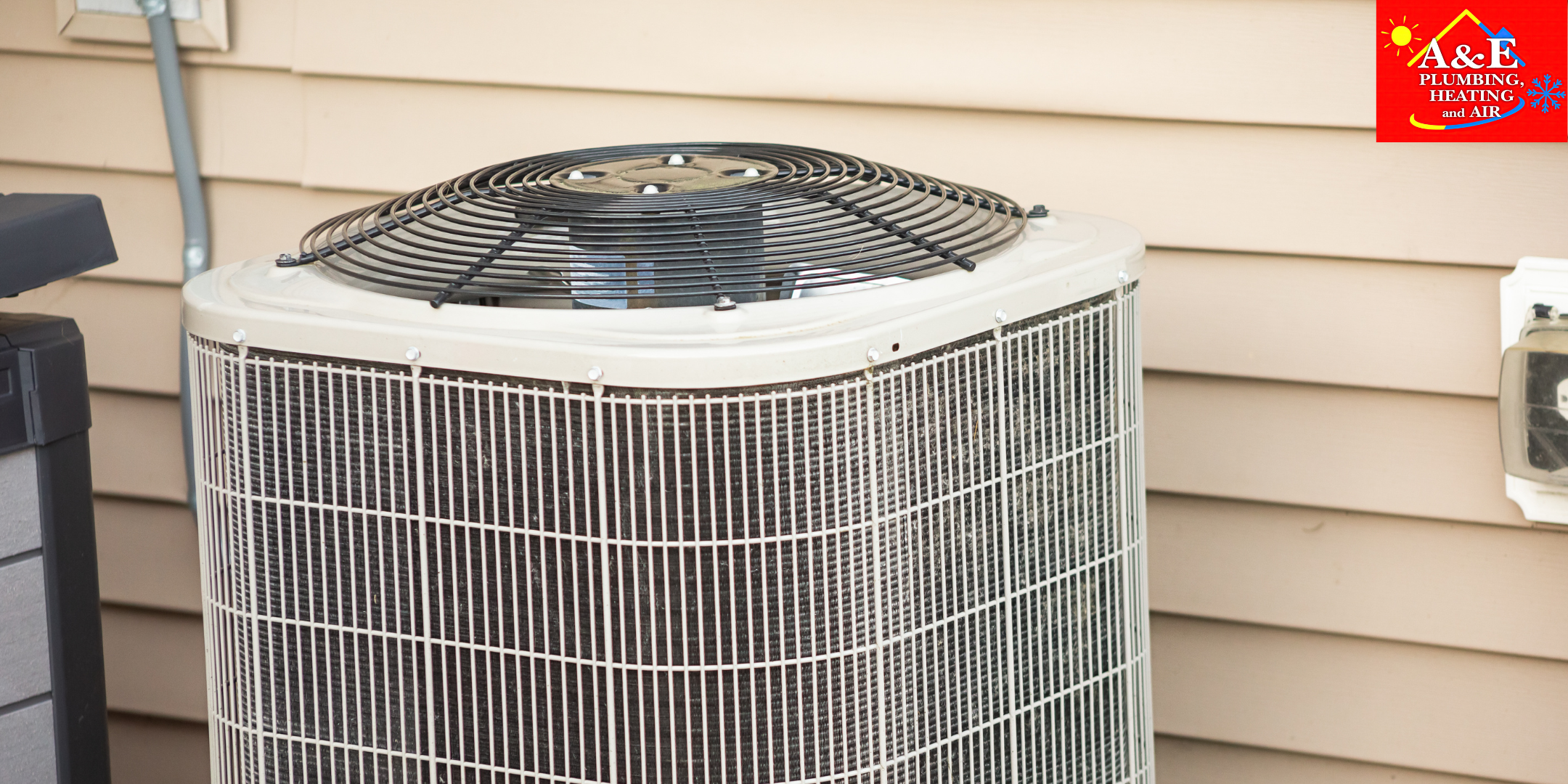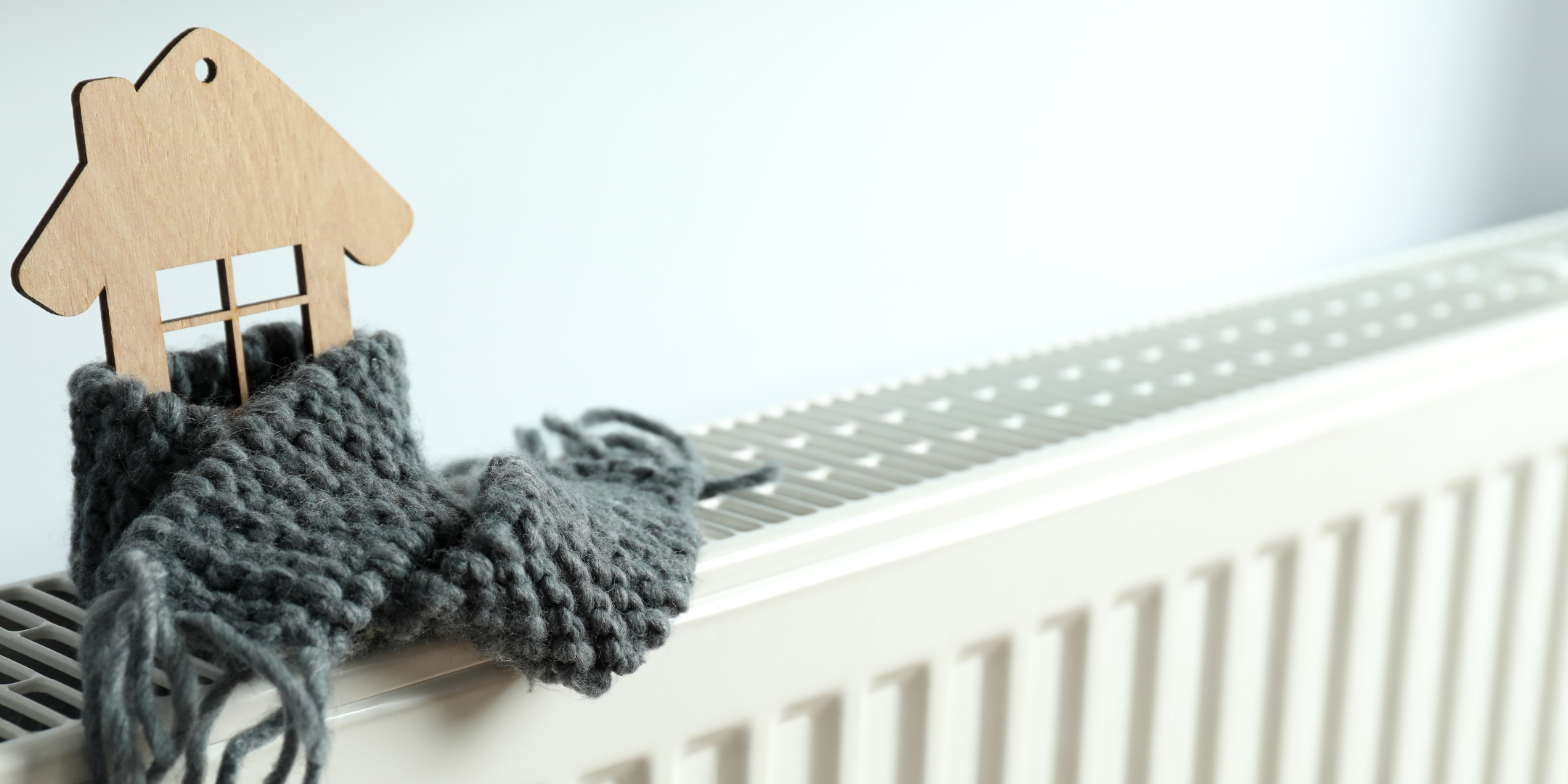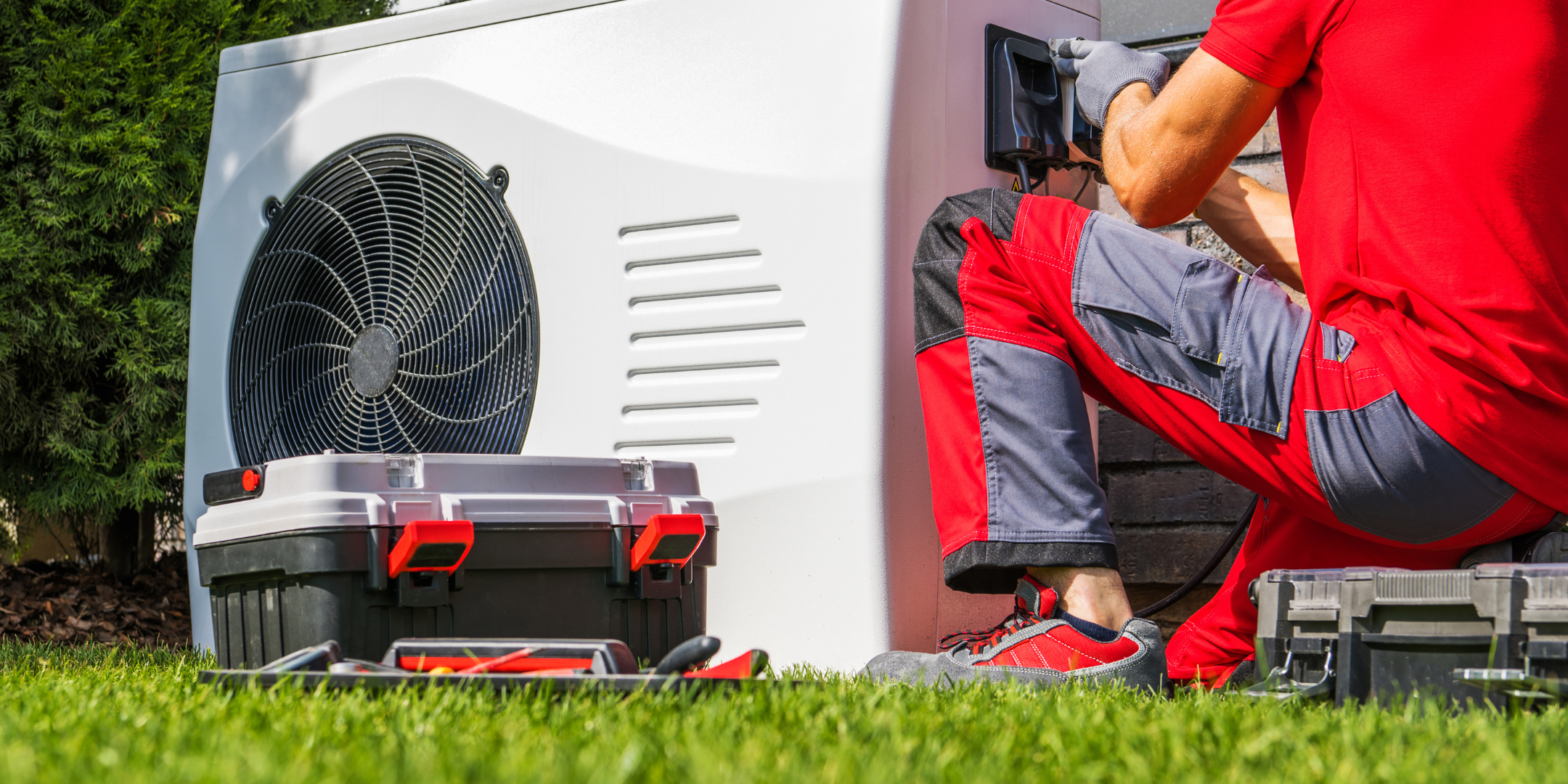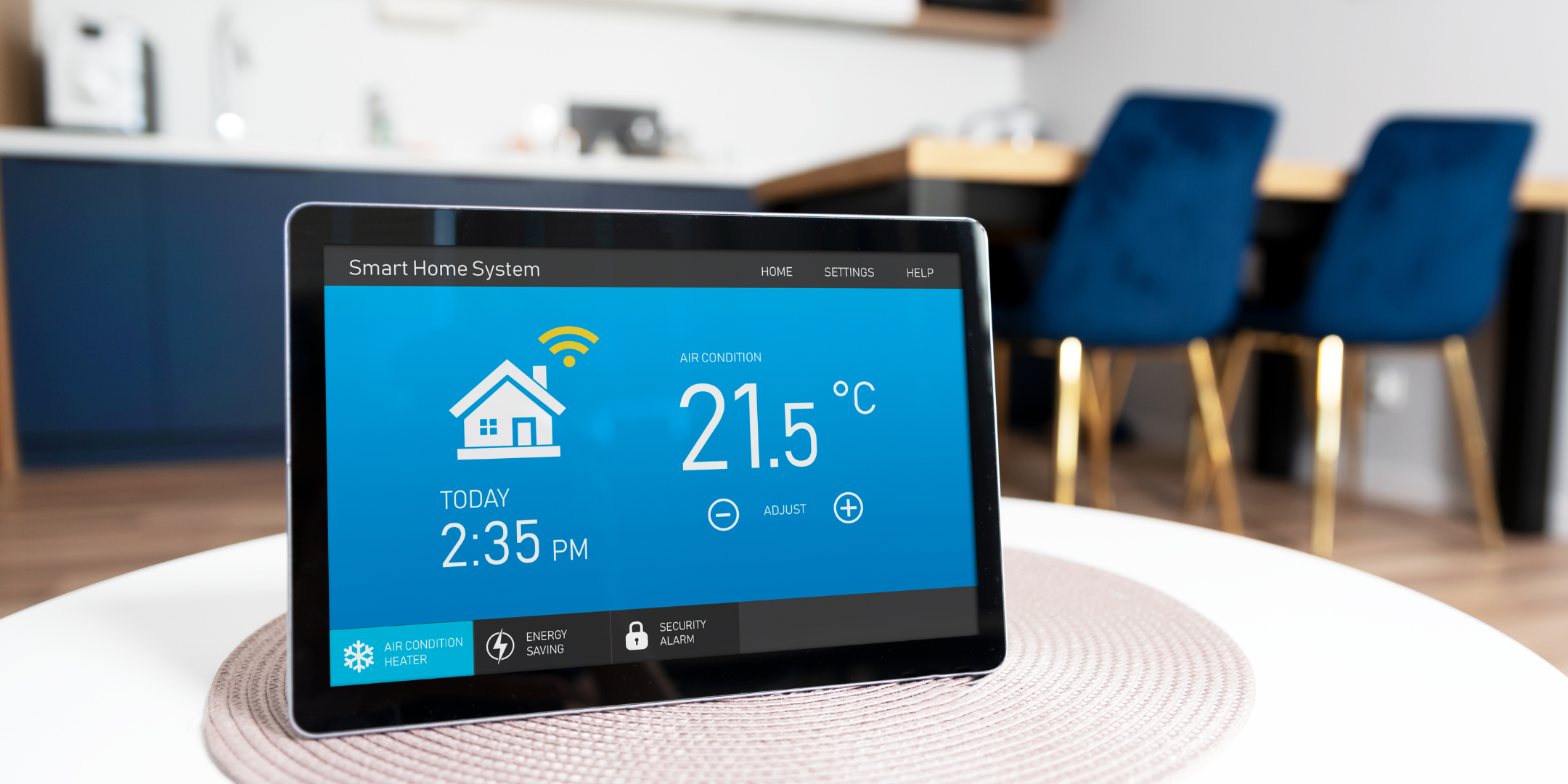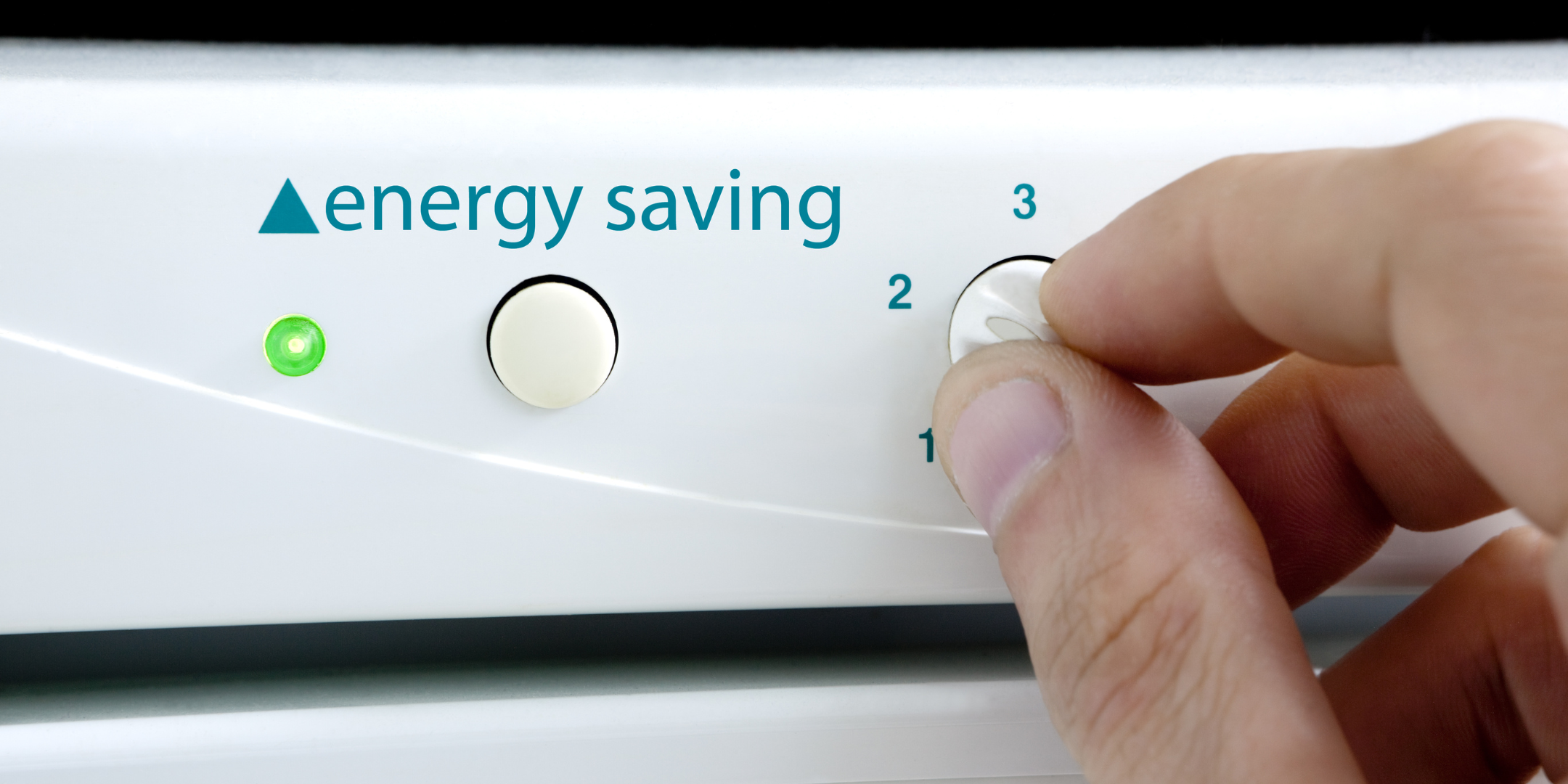
When it comes to understanding the efficiency of your HVAC system, the terms SEER (Seasonal Energy Efficiency Ratio) and SEER2 might seem confusing. Many homeowners may wonder what these ratings mean and how they impact their energy bills, comfort, and the environment.
bills, comfort, and the environment.
As a team of HVAC specialists with over 16 years of experience serving The Columbia River Gorge, we’ve seen firsthand how these changes affect professionals, guiding the industry towards more accurate efficiency standards and improved system performance.
It's completely normal to feel a bit overwhelmed by the technical jargon, but understanding the difference between SEER and SEER2 can help you make better decisions for your home and save money. Let's break down these concepts and explain why they matter to you.
What is SEER, and Why Does it Matter?
SEER (Seasonal Energy Efficiency Ratio) measures the cooling efficiency of an air conditioner or heat pump over a typical cooling season by dividing the cooling output by the total electric energy input.
Introduced in the 1970s, SEER provides a standardized way to compare the efficiency of different units, helping homeowners make informed decisions and encouraging manufacturers to develop more energy-efficient products. Higher SEER ratings mean more efficient systems, which can reduce energy consumption, lower utility bills, and benefit the environment by reducing greenhouse gas emissions.
different units, helping homeowners make informed decisions and encouraging manufacturers to develop more energy-efficient products. Higher SEER ratings mean more efficient systems, which can reduce energy consumption, lower utility bills, and benefit the environment by reducing greenhouse gas emissions.
However, SEER has limitations, as it is measured under controlled conditions that may not reflect real-world scenarios. Factors like fluctuating temperatures and varying usage patterns can affect the actual performance of an HVAC system.
To address these limitations, SEER2 was introduced to provide a more accurate measure by considering these dynamic conditions. Understanding SEER and SEER2 can guide you in choosing the most efficient HVAC system for your home, leading to better energy savings and environmental benefits.
Key differences in SEER and SEER2
SEER has been the original rating system for evaluating the efficiency of air conditioning and heat pump systems for many years, providing a baseline for comparing various units under standardized conditions. However, as the HVAC industry has evolved, it became clear that a more accurate metric was needed.
Now, the national standard is adopting SEER2 as the new benchmark for efficiency ratings. SEER2 offers a more realistic and precise measurement of system performance by incorporating updated testing procedures that better reflect real-world conditions.
Unlike SEER, which relies on idealized and somewhat static testing conditions, SEER2 considers varying temperatures, humidity levels, and typical usage patterns that homeowners experience. These more comprehensive testing measures include variable speed compressors, different ductwork configurations, and load conditions that change as they would in a real home.
By simulating these real-world conditions, SEER2 provides a more accurate prediction of how an HVAC system will perform in your home, ensuring a clearer understanding of potential energy savings and system efficiency. This shift helps consumers make more informed decisions and ultimately leads to better energy savings and a more efficient HVAC system.
SEER v SEER2- 5 Major Upgrades
Since SEER has limitations as it is measured under controlled conditions that may not reflect real-world scenarios, such as fluctuating temperatures, varying humidity levels, and different usage patterns, SEER2 was introduced as a more accurate measure of efficiency.
SEER2 adjusts the calculation methods and testing procedures to reflect real-world operating conditions more accurately. Here’s how SEER2 improves upon SEER:
1. Realistic Temperature and Humidity Levels
SEER2 tests consider a wider range of outdoor temperatures and humidity levels, mimicking the conditions that HVAC systems experience in different climates and seasons. This leads to a more accurate assessment of performance.
2. Variable Speed Compressors
SEER2 includes testing for systems with variable-speed compressors, which can adjust their speed based on the cooling demand. This type of compressor is more efficient than single-speed compressors, and SEER2 ratings reflect this advanced technology.
3. Dynamic Load Conditions
Instead of maintaining a constant load, SEER2 tests systems under varying load conditions that change throughout the day, just as they would in a real home. This provides a better understanding of how the system performs under typical usage patterns.
4. Different Ductwork Configurations
SEER2 testing includes a variety of ductwork configurations, which can impact the efficiency of the system. By accounting for these variations, SEER2 gives a more comprehensive view of system performance.
5. Updated Testing Procedures
SEER2 incorporates more stringent and realistic testing procedures, ensuring that the ratings better predict actual energy savings and system efficiency. This helps consumers get a clearer picture of how their HVAC system will perform in their specific environment.

Learn How You Can Save Money with A&E Plumbing, Heating and Air
Understanding the efficiency of your HVAC system can be daunting, especially with terms like SEER (Seasonal Energy Efficiency Ratio) and SEER2. Many homeowners wonder how these ratings impact their energy bills, comfort, and the environment. As a team of HVAC specialists with over 16 years of experience serving The Columbia River Gorge, we've witnessed how these changes also affect professionals, steering the industry towards more accurate efficiency standards and improved system performance.
By understanding SEER and SEER2, you can make informed decisions about your HVAC system, ultimately saving money and improving energy efficiency. These insights can guide you in choosing the most efficient system for your home, leading to better energy savings and environmental benefits.
Now that you know the difference between SEER and SEER2, check out how to improve your home's overall efficiency. Read our article on the top 5 ways to enhance home efficiency and start saving even more energy and money today!
Daphne Hunt holds a bachelor's degree in English and Mass Communication and has a lifelong passion for writing. She thrives on using her skills to craft compelling pieces that inform, inspire, and connect with readers.
Topics:












